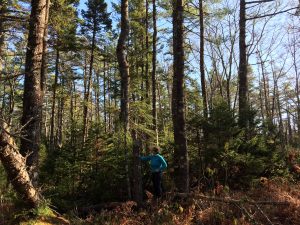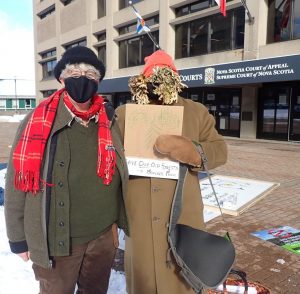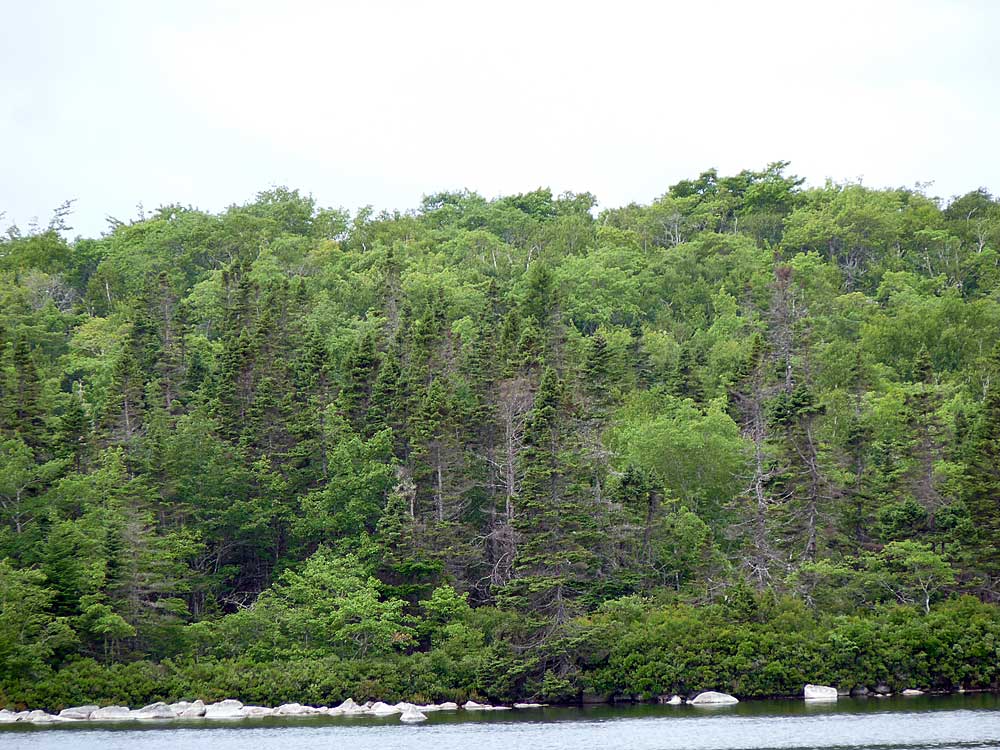“Nice words are not enough. Actions speak far louder, and if we listen to this government’s actions, it is hard not to suspect that this SDGA consultation is just more window dressing. We need proposed actions, we need a mechanism to review whether real change is underway.” – NN
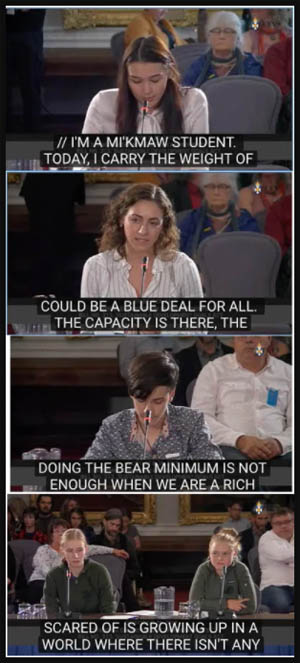
In Pre-Covid days, teen-agers make submissions to the Law Amendments Hearing for the public on the SUSTAINABLE DEVELOPMENT GOALS ACT (Bill 213), held on Monday Oct 28, 2019. View Post 31Oct2019
Comments on the NS Sustainable Development Goals Act were invited on May 27, 2021, to be submitted by July 27, 2021 (today) according to the May 27 Press Release; the “Public engagement ended July 26, 2021” (cited on https://cleanfuture.ca/).
The Sustainable Development Goals Act was passed in 2019 replacing EGSPA, the Environmental Goals and Sustainability Prosperity Act.
The current Request for Comment pertains to “what should be considered as a new goal under the Sustainable Development Goals Act and/or included in the new Climate Plan for Clean Growth.” (From https://cleanfuture.ca/). As I understand it, regulations will then be developed to achieved these goals (see: NSE: Sustainable Development Goals Act).
In contrast to EGSPA (2007) which was introduced by the Conservative government in 2007 and received enthusiastic and unanimous all party approval, the manner in which the 2019 Act was processed was in my view “A thorough sham – and shame – of process”. (Post Oct 27, 2019).
I made a submission to that process but I have to admit that I have been numbed by all of the negative goings on in regard to forestry and environment in NS over the course of 2021 under the leadership of Premier Rankin (on top of the ups and downs of the previous 12 years) and I did not write a formal submission for the current process.
I am very grateful that Nina Newington – currently entering the Restorative Justice process as a consequence of criminal charges resulting from refusing to lift the Moose Country blockade – found the energy to do so, and shares her comprehensive comments here (photos added by NSFN).
Comments on the Sustainable Development Goals Act
by Nina Newington
Introduction
First, I want to say that, as a citizen, I would be delighted to spend the time required to take part in these consultations IF I believed this government was going to take action in response. However, I witnessed the effort many people put into commenting to the Law Amendments committee on the weakness of the proposed SDGA back in 2019. The Liberal government, under Stephen McNeil’s leadership, took a good act with teeth and deadlines, the Environmental Goals and Sustainable Prosperity Act, and neutered it. Citizens were shocked and upset. We spent a lot of time making constructive suggestions for how to make this new act fit for purpose. The government completely ignored those citizens’ recommendations. Why should we believe it will be any different this time?
After all, we have watched this Liberal government first dilute and then toss out the Natural Resources Strategy, the product of extensive consultations by the previous government. In its place we have the Lahey Report which has still to be implemented, three years after it was released, while the province has allowed ever more of our precious Acadian forest to be cut to the ground. Plans to clearcut Crown land continue to move through the approvals process. Calling clearcuts by a bunch of other names fooled no-one.
This government needs to gain our trust. Many of us feel we have been played.
I am going to comment on the SDGA but please, if not many citizens take the time to do so, don’t put that down to indifference. Put it down to despair. Nova Scotians do care deeply about the environment but experience has taught us to doubt that government promises will result in meaningful change.
I am commenting because I can’t quite believe that, with the twin crises of climate change and biodiversity barreling down on us, the Liberal government will palm us off with more pablum. As wildfires and floods destroy towns, as crops wither, as carbon dioxide levels rise again, as Canada’s forests emit more carbon than they store, surely our government will show some backbone and take action.
Necessity of specific timelines and a robust review process
Overall the SDGA sounds lovely. Yes to all of it, of course. Who doesn’t want an inclusive economy? Who doesn’t want to protect our natural assets? (Well, I can think of a few – they surfaced to oppose the Biodiversity Act. ‘The Rankin government’ backed down with hardly a murmur.) But where are the specific goals, the benchmarks for progress, the provisions for an annual review of actions and results in each area? The EGSDA contained all these. The SDGA does not. It needs to.
Case in point: this government has yet to identify core habitats for mainland moose in spite of a sharp rebuke from Justice Brothers in the Nova Scotia Supreme court for its “chronic and systemic failure” to act upon the legal requirements of the Endangered Species Act. That ruling was handed down in in May 2020. Unfortunately, Justice Brothers did not accept the request that a timeline be established for government action. The result? Inaction. Still.
We are out of time, just as the mainland moose are out of time. Actions taken in the next nine years will make the difference between a livable planet and ecological, economic and social chaos. If we are lucky. That’s what scientists across the planet are saying.
Does our Premier get this? At the foot of the page of the Premier’s commitments is this: “Our work continues and we know we need to do more. This work can be done through the creation of goals.” Really? Seems to me the work happens when we stop burning coal and biomass to generate electricity. When we keep a forest standing because that way biodiversity is being protected right now, carbon is being stored this minute. When we cancel plans to twin a highway and instead spend the money on improving public transit for rural areas.
Sustainable Prosperity?
Oh no, we are once again “developing policies and programs that consider both the environment and the economy.” Sounds like McNeil’s endless rationale for forest decimation: ‘just balancing economy and environment, folks.’ Our economy is dependent on a stable and healthy environment. Failing to understand that we – and our economies – are a part of nature is what has got us into this mess. Of course we have to consider the economy, but the restoration and protection of the natural world has to be our overarching priority. If we stop acting as if we have a right to exploit nature, we might also treat each other better.
And please, study and incorporate Ron Colman’s critique of the use of GDP as a measure of economic process. (What Really Counts, Columbia University Press, 2021) Rankin made reference to the need to measure economic activity differently during his leadership campaign. What and how we measure is important. A measure such as GDP which only counts a tree as having value once it has been cut down and sold is an obscenity. It also fails to recognise the wonderful social strength of many Nova Scotian communities.
Transition to cleaner energy, energy efficiency, cleaner transportation
A critical step in this transition involves not shooting ourselves in the foot. This is what keeping biomass on the list of acceptable sources for renewable energy does. Burning wood to generate electricity releases more CO2 per KWH than burning coal. While a forest might (poor soils, climate and biodiversity crises allowing) grow back and store carbon again in significant amounts, it won’t be for 50 years. We need to be sucking as much carbon as possible out of the atmosphere and storing it right now. Emissions cuts alone will not do the job. None of the technological carbon capture systems are working well enough. We need natural solutions like forests, peatlands, eel grass beds along our shores. What insanity to burn our forests as biomass in the name of ‘green’ energy.
By providing a market for ‘low-grade’ wood, burning biomass encourages the ongoing decimation of our forests on both crown and private land. This argument also applies to recent efforts to promote large scale burning of biomass for heat as a ‘green’ alternative to burning fossil fuels. The promoters of this idea claim that we can sustainably take massively more fiber from our forests than we are doing currently. This is not true. Our forests have been desperately degraded by over-harvesting for decades. At every stage when pulp mills wanted large quantities of wood from our forests, provincial foresters said, “It can’t be done” and successive governments did it anyway. That is what has passed as balancing the economy and the environment in this province and it continues to this day. Enough is enough.
Improving the energy efficiency of our housing stock and commercial buildings is obviously necessary. A well enough insulated old house is less costly to the environment than a LEED certified newly built one. Retrofitting houses for better efficiency also has the potential to replace lost rural jobs. The number of workers employed in the forests has dwindled with increased mechanisation. Although ecological forestry will employ more workers than clearcutting eventually, there needs to be a significant reduction in the amount of wood removed from our forests for several decades so that the forests can begin to return to their climate resilient, ecologically rich mixed age, mixed species natural state. One of the potential sources of employment to replace those lost jobs will be improving our housing stock. The government needs to create training programs available across the province through the Community College network.
As for cleaner transportation, we need
• Municipal and Provincial government awareness and active promotion of rural transit.
• Increased and predictable funding for existing rural public transit systems.
• Development of Kings Transit to use as a model for other rural communities and the creation of new rural transit systems in communities that currently lack them.
• Better coordination between different transit systems and between different modes of transportation.
• Community infrastructure planning that incorporates the use of public transit hubs to reduce sprawl, increase the use of walking and biking, and preserve the beauty of our small communities.
• Public and private policy making that celebrates rural transit’s inclusivity and community building potential as well as its clear environment benefits!
What we don’t need is for the government to spend hundreds of millions of our dollars on twinning the 100 series highways. All government funded projects must be assessed for their climate and biodiversity impact. If a project is taking us in the wrong direction, don’t do it. We have no leeway left, having ignored warnings from scientists for decades because they were inconvenient.
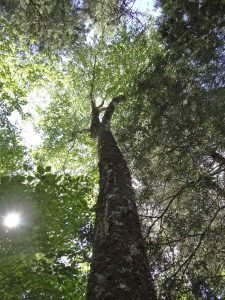 Climate change mitigation and adaptation
Climate change mitigation and adaptation
How many people really get what mitigation means? It means we have to stop doing everything that is making the climate and biodiversity crisis worse, and start doing more of the things that make it better.
Adaptation is required because it is already too late to stop some of the effects of burning fossil fuels. Increased severity of droughts, hurricanes, flooding, wildfires, sea-level rise, for example. These are here already. Imagine how much worse things will get if we don’t stop doing what we are doing? The first rule of holes: stop digging.
That means our government cannot mumble evasions when asked if they would allow fossil fuel nightmares such as the Goldboro LNG project to go ahead. It means our government cannot permit the destruction of ecosystems otherwise known as goldmining. It means our government cannot continue to license the aerial spraying of glyphosate on recovering clearcuts. It cannot allow Nova Scotia Power to spray 2-4D (one of the main ingredients of Agent Orange) under power lines. If they are not allowed to use toxic chemicals, forestry companies and Nova Scotia Power will have to employ people with brush saws. Those jobs, spread across rural areas, will outnumber the jobs goldmines might have offered in return for devastating our land and water.
Adaptation also means taking into account the impacts of climate change on, for example, forestry practices. The glyphosate spraying referred to above is currently happening on private land but the forestry industry intends to use glyphosate on crown land in supposed High Production Forestry areas. Glyphosate is used to kill everything with a leaf, including all the broad-leafed trees native to our Acadian forest – maple, beech, oak, birch — favouring instead softwoods such as Balsam Fir and White Spruce. These softwoods are much less adapted to increasing temperatures than the broad-leafed trees. They are dominant in the Boreal Forests to the north while most of the broad-leafed trees are at home in the deciduous forests to the south. So the forestry industry wants to borealize our forests at the exact moment when climate change is going to favour the more southerly components.
Private companies are not going to lead the way in ‘climate mitigation and adaptation.’ However accustomed our government is to doing the bidding of those companies (usually in the name of jobs), we now need government to lead the way. That means saying no to practices that make our situation worse, and creating incentives for people and companies to do better. Funding more logging roads, a recent announcement from this government, does not qualify as going in the right direction. Requiring taxpayers to foot the bill for High Production Forestry activities such as glyphosate spraying on crown land would be an extreme example of failing to live up to the fine words of the SDGA.
Circular Economy; Inclusive Economy
I would love to see municipal governments involved in encouraging the circular economy, for example by investing in community commercial kitchens and tool banks. Without local infrastructure, many small businesses cannot get going. It is possible that rural economies could be revitalized by strategic changes to food regulations that would allow more local production and sales. Nova Scotia could learn from other jurisdictions. For example, rather than spending large sums of money and years of study, we might adopt the regulations the state of Vermont brought in some years ago to enable artisanal cheese production.
The Circular Economy is not just about forcing large corporations to be responsible for the afterlife of their products, it is also about encouraging alternatives to the Walmarts and Loblaws of the world.
Protecting our natural assets
Let’s be clear, the Lahey report was always a compromise. The triad model allows for an ecological sacrifice zone otherwise known as High Production Forestry where industry plans to clearcut, spray glyphosate and create tree plantations as if there were no climate or biodiversity crises. Is this a good idea, given what we now know? Of course not, so please don’t claim that ‘the model allows us to use our forests sustainably while supporting biodiversity on Crown land.’
The triad model is probably the best the Liberal government could do, given the long history of corporate capture of Nova Scotia governments by the forestry industry. In the three years since that report came out, industrial forestry interests, possibly with help from members of the Department of Lands and Forestry, have worked tirelessly to undermine the ecological forestry component of the triad. It remains to be seen how effective they have been.
The Lahey report hardly mentions the climate crisis or the biodiversity crisis. Nobody writing such a report now would make such an omission. Of course the author probably did not imagine it would take this long to implement the recommendations the government formally accepted in December 2018.
It is incumbent on this government to commit to preserving the carbon storage and biodiversity of forests across this province. Fortunately, with carbon prices set to rise to $170 a ton, there is beginning to be a way to recognize in monetary terms that a standing forest is worth far more than the timber it contains. Nova Scotia needs to abandon its pretense of an in-province carbon market and join a federal market as it develops.
The Lahey report only applies to crown land which makes up 30% of Nova Scotia. Our federal government has formally committed to protecting 25% of our lands and waters by 2025, 30% by 2030. Clearly our provincial target of protecting 14% is grossly inadequate. A larger proportion of crown land than was previously envisioned will have to go to the protected leg of the triad.
This is just as well because a brief review of recent government actions leads one to suspect that the government’s commitment to protecting biodiversity does not go very far. There is Owls Head, of course, the backroom deal to sell land long understood to be protected as a park to a golf course developer. If the deal goes ahead, this unique ecosystem would be quite literally ground up to create a golf course or three.
Then there is the fact that the government has routinely offered up forest land known to be in Moose Concentration Areas in Western Nova Scotia for clearcutting. In Digby county in 2020, in spite of passionate public protest, including 37,000 signatures on a petition demanding an immediate moratorium on the clearcutting of two particular areas where moose were regularly observed, the government not only stood by the plans to destroy moose habitat, it proposed more parcels of forest in the area for the same treatment.
 So which part of biodiversity does the government think we should be protecting? “Biodiversity should be managed for the benefit of present and future generation.” Really? I’m inclined to think human beings, and in particular our government, should be ‘managed’ for the benefit of future generations. Biodiversity does not need managing. The arrogant assumption that it does underlies a lot of the damage that has been done. It is time to do more than co-opt a Mi’kmaq term – Netukulimk. It is time to listen to what Indigenous people all across this continent have been saying for untold generations: the Earth does not belong to us. We belong to the Earth.
So which part of biodiversity does the government think we should be protecting? “Biodiversity should be managed for the benefit of present and future generation.” Really? I’m inclined to think human beings, and in particular our government, should be ‘managed’ for the benefit of future generations. Biodiversity does not need managing. The arrogant assumption that it does underlies a lot of the damage that has been done. It is time to do more than co-opt a Mi’kmaq term – Netukulimk. It is time to listen to what Indigenous people all across this continent have been saying for untold generations: the Earth does not belong to us. We belong to the Earth.
Summary
Nice words are not enough. Actions speak far louder, and if we listen to this government’s actions, it is hard not to suspect that this SDGA consultation is just more window dressing. We need proposed actions, we need a mechanism to review whether real change is underway.
26th July, 2021
Mount Hanley, NS

